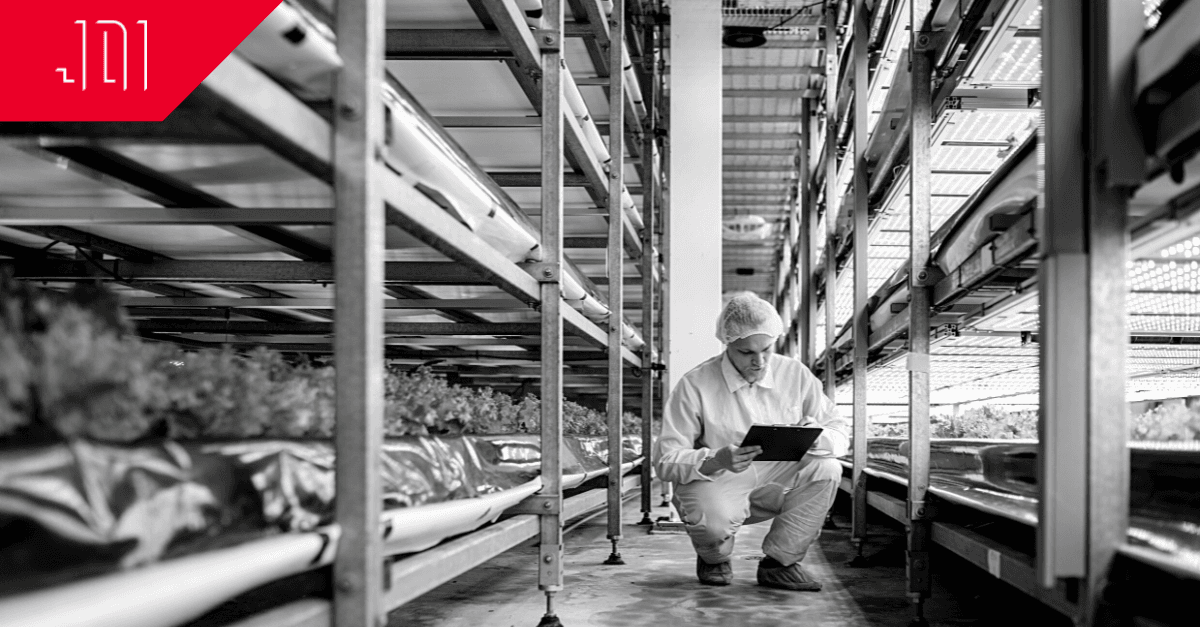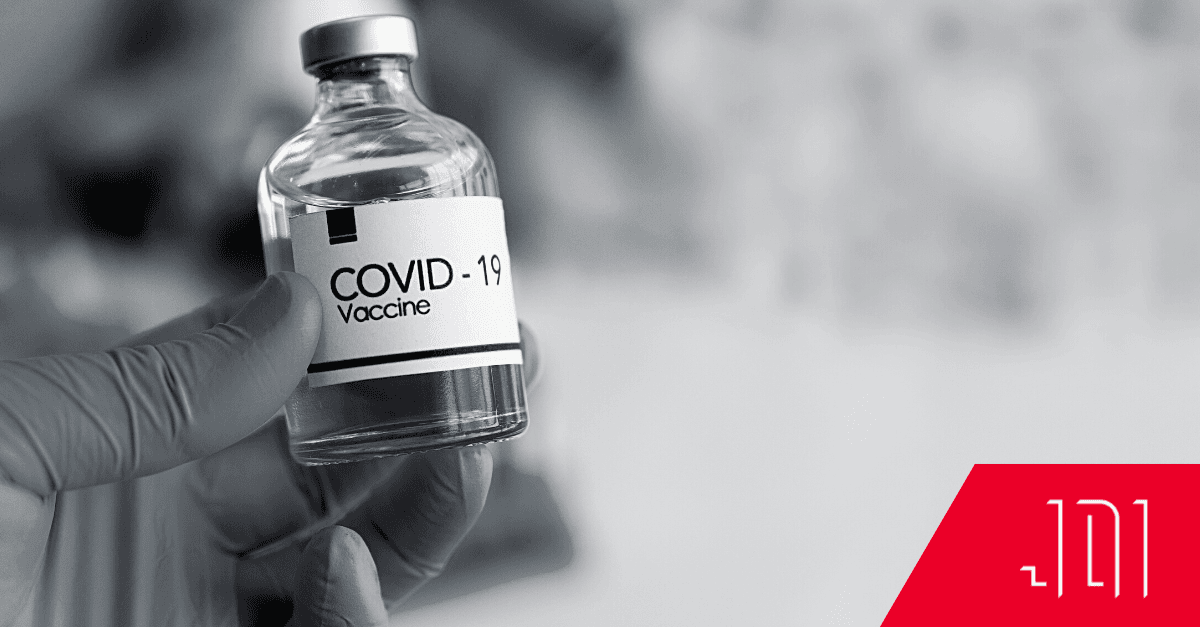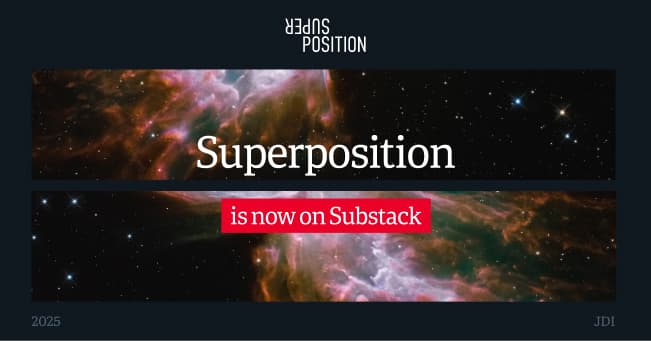Growing Pains in Vertical Agriculture
Money doesn’t grow on trees, but some are betting that it will in a warehouse. Indoor growing has been around since the 19th century: but vertical agriculture isn’t your typical glass greenhouse. Filled floor to ceiling with 30 foot shelves, high power LEDs, racks of plants and, of course, tons of sensors, start-ups are looking to tackle agriculture in a way that only Silicon Valley could dream up.

To be clear: we’re not talking about hemp or marijuana, but the fruits and vegetables that you would find in the produce section of your local grocery store. Companies are starting with tomatoes, heads of lettuce, and strawberries. They’re easy to grow, easy to harvest and in demand produce that let vertical agriculture startups quickly prove their concept.
Why go vertical?
Vertical agriculture is attractive for many reasons, most of which are derived from the luxury of growing indoors. Inside a vertical garden, the environment is almost entirely controlled, making it very easy to run an all-organic, pesticide-free program. There are no seasons in an indoor farm, and once growers learn the most efficient methods for a given crop, they can harvest crops multiple times per year, getting their product to its fullest potential.
However, as we’ve seen in recent times, the supply chain can be easily disrupted by forces both inside and outside the market. Building a vertical farm just outside of urban and densely populated areas can get produce on the shelves within 24 hours. This makes produce more stable and reduces the cost of shipping, all while getting the freshest produce to the consumer. Production can be tailored to match demand, and can even help take steps to reduce food waste.
What makes vertical possible?
Again, indoor growing isn’t a new concept, however, it hasn’t really been done in a way to maximize the efficient usage of the space. Most indoor agriculture has been horizontal: a singular layer of long stemmed plants reaching upwards to UV lights dangling overhead. Both fluorescent and incandescent bulbs that give off UV light also produce incredible amounts of heat energy. Because of this, the horizontal model relies on using a lot of bulbs for broad coverage. If the plants get too close to the lights, then they will wither and die.
Vertical farming is made possible by UV LEDs, which produce a fraction of the heat energy. Growers can then stack trays of plants closer to the light source, and on top of one another, without fear of burning out their crops. Over the past decade and a half, LED technology has advanced by leaps and bounds. The price of LED lighting has plummeted by 80%, including for UV lights, and the fixtures are also more efficient and have a longer lifespan.
CRISPR gene editing also plays a key part in vertical agriculture, helping take crops and adapt them to the indoor environment. Smaller, low-to-the-ground plants with higher yields are bred to be the optimal crop. Because vertical farms are closely monitored and have a very rapid turnover from crop to crop, geneticists and growers can work hand-in-hand to find the perfect piece of produce for their farm specifically.
Why am I not eating a delicious, vertically-grown diet now?
Vertical agriculture does have a few hurdles to clear before it can go mainstream. The important thing to note is this is a problem of scaling, and not of concept: vertical agriculture works. How can we make it cost-effective and better for the environment?
Cost is dictated by three things: energy, location, and labor. Finding a good location for a vertical farm is a challenge unto itself: too far from any urban areas and you may as well build a traditional outdoor farm. Striking the right balance between servicing a community with fresh produce and not burning money on rent is difficult in the best of times, but harder still during a real estate crisis in an urbanization movement.
Despite the progress that has been made in LED technology, vertical agriculture still requires massive amounts of energy to keep the lights on. On top of this, maintaining the perfect growing conditions for temperature and humidity — while preventing outside contamination — takes power too. If the produce is processed and packed on site, then there needs to be additional accommodations for equipment and proper refrigeration for storage. Out of all of these challenges, labor is easiest. This is a new field, and lacks a workforce. There are researchers and scientists, entrepreneurs and analysts trying to figure out how to best grow crops. Once the industry begins to scale in earnest, the workforce must follow: questions of efficiency will blend into automation and training.
Lettuce Wrap Up (Sorry)
Vertical agriculture is already out there: Bowery Farms, an NYC-based startup that specializes in lettuces and herbs, has three locations in NY, NJ and PA. Bowery uses water recapture to have a lower impact on the environment, and is working to establish all of their farms with renewable energy resources. Aerofarms are growing with aeroponics, a soilless medium, to better fertilize their plants that include lettuces and microgreens.
While there are still some challenges to work out for vertical farming, our mouths are watering at the prospect of peak-season produce all year round.



